Ever wondered why some brands just get you? Why walking into certain stores or browsing specific websites feels effortless, even delightful? It’s not magic; it’s brilliant b2c design inspiration at play. In the bustling marketplace, where customers are bombarded with choices, design isn’t just about making things pretty. It’s about creating experiences that resonate, connect, and ultimately, convert. Good B2C design speaks directly to the individual, understanding their needs, desires, and even their subconscious preferences.
Think about it: from the moment you unbox a new gadget to the seamless checkout process on your favorite fashion app, design dictates your emotional journey. It builds trust, fosters loyalty, and makes a brand truly unforgettable. In this deep dive, we’re going to explore what makes B2C design so powerful, pull back the curtain on the psychology behind it, and uncover some awesome ideas to help you wow your customers every single time. Get ready to transform your approach and inspire some serious customer love!

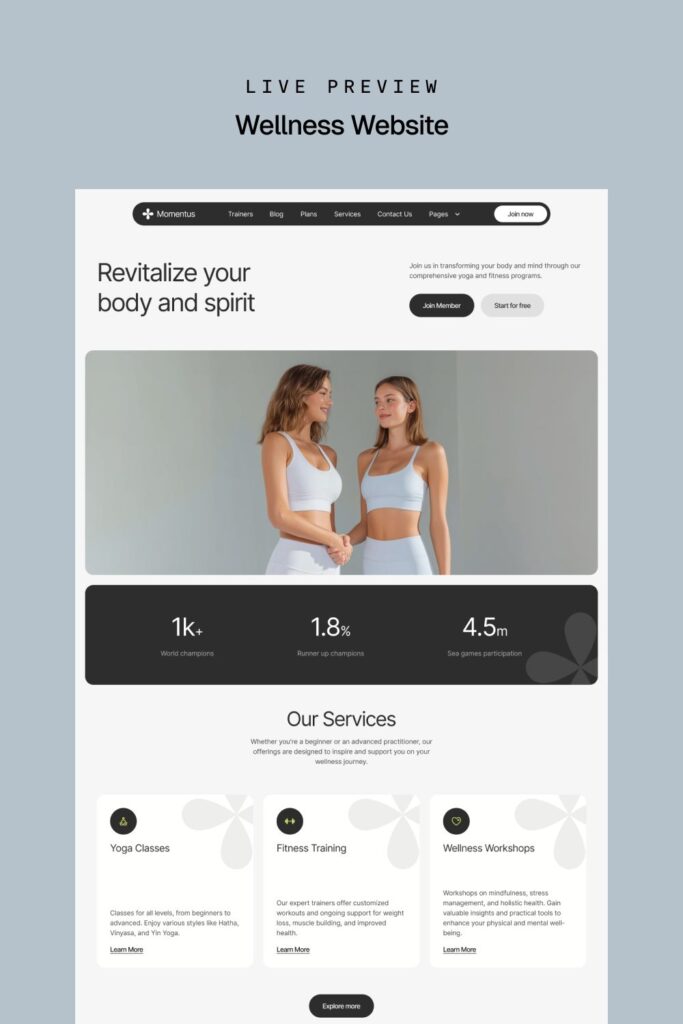
What is B2C Design and Why Does It Matter So Much?
At its core, B2C design — which stands for Business-to-Consumer design — is all about crafting products, services, and experiences specifically for the end-user, the individual customer. Unlike B2B (Business-to-Business) design, which often focuses on functionality, efficiency, and logical benefits for other businesses, B2C design prioritizes emotional connection, aesthetic appeal, ease of use, and personal delight. It’s about solving problems, yes, but also about sparking joy.
Why does this distinction matter so much? Because consumers make decisions differently than businesses. We buy with our hearts as much as our heads. We crave convenience, beauty, status, and solutions that simplify our lives. B2C design, therefore, must be intuitive, engaging, and deeply empathetic.
Imagine scrolling through an e-commerce site. If the images are low-quality, the navigation is confusing, or the checkout process is clunky, you’re likely to bounce. On the other hand, a beautifully designed site with clear product shots, easy-to-find information, and a frictionless purchasing path keeps you engaged. It doesn’t just sell a product; it sells an experience. This experience builds brand equity, encourages repeat purchases, and turns customers into advocates. In a crowded digital and physical landscape, exceptional design isn’t a luxury; it’s a critical competitive advantage.
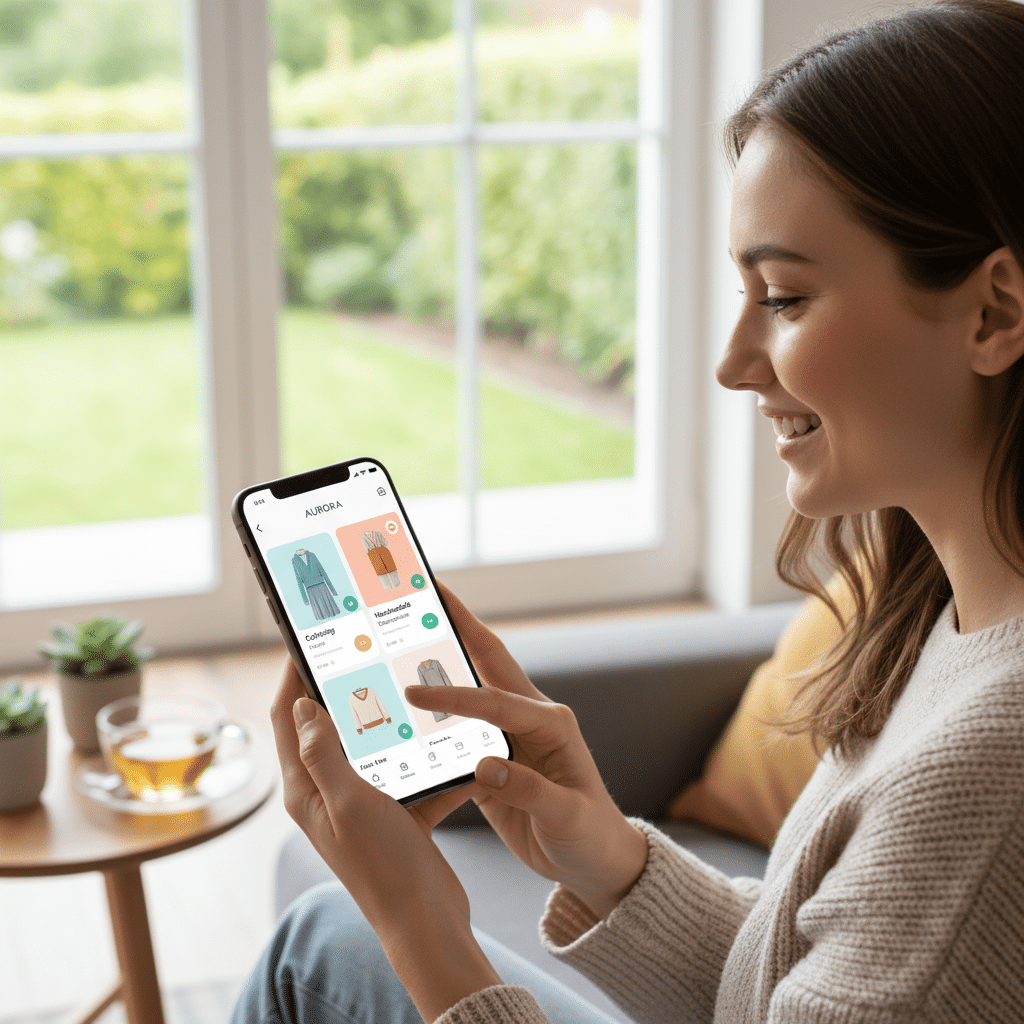
The Psychology Behind Stellar B2C Design
Great B2C design isn’t just visually appealing; it’s psychologically astute. It taps into fundamental human behaviors and cognitive biases to create experiences that feel natural, desirable, and trustworthy. Understanding these psychological principles is key to crafting designs that truly resonate.
Emotional Connection and Trust
Humans are emotional creatures. We form strong attachments to brands that make us feel good. Design plays a huge role here. A brand’s visual identity – its logo, color palette, typography – immediately evokes an emotional response. Think of the warm, inviting tones of a coffee shop logo versus the crisp, clean lines of a tech company. These choices aren’t accidental; they’re designed to communicate values and forge an emotional bond.
Furthermore, consistent and high-quality design builds trust. If a brand looks professional and polished, we instinctively perceive it as more reliable and credible. Conversely, a shoddy website or poorly packaged product raises red flags, making us question the quality of the offering itself.
Cognitive Ease and Flow
Our brains are inherently lazy – they prefer to conserve energy. This means we gravitate towards things that are easy to understand and use. Stellar B2C design achieves “cognitive ease” by making interactions effortless. This translates to clear navigation, intuitive interfaces, minimal steps to complete a task, and predictable user flows.
When a design achieves this, users enter a state of “flow” – a feeling of effortless engagement. They don’t have to think hard; they just do. This reduces frustration, increases satisfaction, and encourages continued interaction. For instance, a mobile app with a streamlined onboarding process and clearly labeled buttons allows users to quickly achieve their goals, fostering a positive first impression.
The Power of Aesthetics
While functionality is crucial, aesthetics profoundly influence our perception of usability and value. The “aesthetic-usability effect” suggests that users often perceive aesthetically pleasing designs as more usable, even if they aren’t inherently so. A beautiful design creates a positive emotional response, making us more tolerant of minor imperfections and enhancing our overall satisfaction.
This doesn’t mean sacrificing function for form, but rather finding a harmonious balance. A gorgeous product that’s difficult to use will ultimately fail. However, a functional product elevated by thoughtful design will captivate and retain users. Consider the sleek lines of a popular smartphone or the elegant packaging of a luxury item – these aesthetics communicate quality and desirability long before we even interact with the product itself.

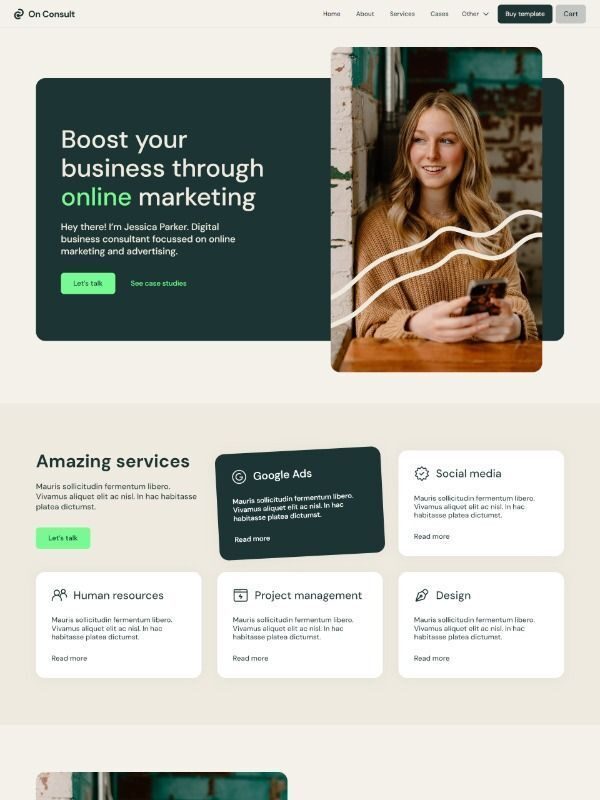
Key Elements of Unforgettable B2C Design
To truly wow your customers, B2C design needs to hit several critical notes. These elements work in harmony to create a cohesive, compelling, and delightful experience.
Visual Storytelling and Branding
Your brand isn’t just a logo; it’s a story. B2C design uses visual elements to tell that story, conveying your brand’s personality, values, and what makes you unique. This includes everything from your color palette and typography to your imagery and iconography. A strong visual identity creates instant recognition and recall, helping you stand out in a crowded market.
Consider how a fitness brand might use dynamic, energetic colors and bold typography in its fitness logo design, while an organic food company might opt for earthy tones and natural textures. These choices communicate meaning and evoke specific feelings before a single word is read. Effective visual storytelling turns passive viewers into engaged participants. It also extends beyond static elements into how animations and interactive components behave, reinforcing the brand’s narrative.
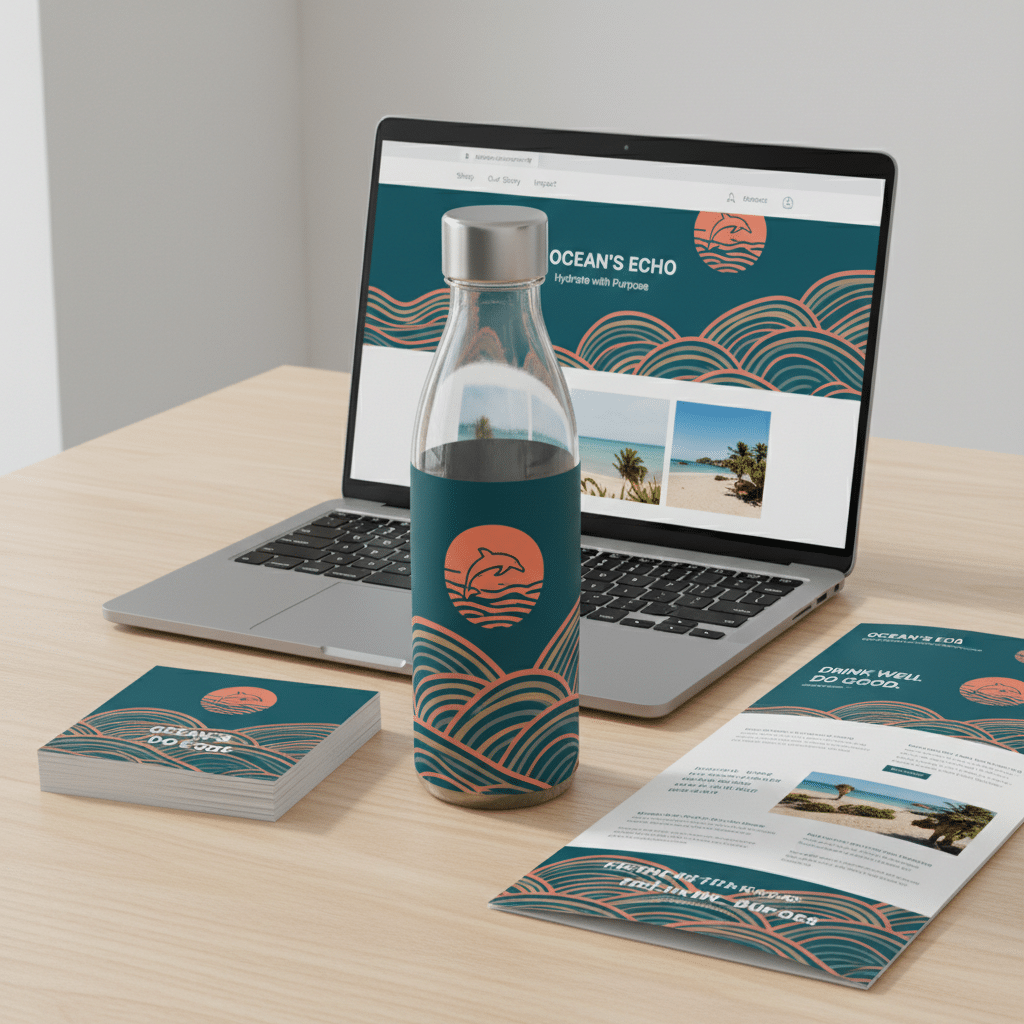
Intuitive User Experience (UX)
User experience (UX) is the backbone of great B2C design. It’s about making every interaction with your brand seamless, efficient, and enjoyable. This means:
- Easy Navigation: Users should never feel lost. Clear menus, logical pathways, and search functionality are essential.
- Minimal Friction: Reduce unnecessary steps, complex forms, or confusing jargon. The journey from discovery to purchase should be smooth.
- Feedback and Guidance: Provide clear feedback for user actions (e.g., “item added to cart”) and helpful guidance when needed.
- Responsiveness: Your design must perform flawlessly across all devices – desktops, tablets, and mobile phones.
A truly intuitive UX anticipates user needs and removes obstacles before they even arise. When users can effortlessly achieve their goals, they feel competent and satisfied, reinforcing a positive perception of your brand.
Personalization & Customization
In an age of endless options, customers crave relevance. Personalization means tailoring experiences based on individual preferences, past behaviors, and demographics. This could be:
- Personalized Product Recommendations: “Customers who bought this also bought…”
- Customized Content: Showing relevant articles or promotions based on browsing history.
- Adaptive Interfaces: Websites or apps that remember your settings or preferences.
Customization takes this a step further, allowing customers to actively modify elements of a product or service. Think about designing your own sneakers online or configuring a car. This empowers customers, making them feel more invested and connected to the brand. Both personalization and customization create a sense of being seen and understood, fostering deeper loyalty.
Emotional Connection & Delight
While intuition and efficiency are vital, truly unforgettable B2C design goes beyond functionality to evoke genuine emotion. This “delight” factor often comes from unexpected moments or subtle touches.
- Micro-interactions: Small animations, sounds, or haptic feedback that provide subtle enjoyment (e.g., a “like” animation, a satisfying click sound).
- Unique Branding Elements: A quirky brand voice, clever copy, or distinctive visual flair that makes the experience memorable.
- Surprise and Joy: A thoughtful thank you note in a package, a small freebie, or a playful animation during a loading screen.
These small moments of delight create positive emotional associations, making the brand feel more human and enjoyable. They transform a transactional interaction into a memorable experience.
Seamless Omnichannel Experience
Modern customers interact with brands across multiple touchpoints: websites, mobile apps, social media, physical stores, email, and customer service. An omnichannel approach ensures a consistent and seamless experience across all these channels.
Imagine a customer browsing an item on your website, adding it to their cart, then later opening your app to find the item still there. Or perhaps they start a conversation with a chatbot online and can pick up exactly where they left off with a human representative over the phone. This interconnectedness removes friction and reinforces your brand’s professionalism and customer-centricity. Design considerations here include consistent branding, synchronized data, and integrated communication platforms.
Accessibility & Inclusivity
Good design is for everyone. Accessibility in B2C design means ensuring that products and experiences are usable by people with diverse abilities. This includes:
- Clear Contrast and Legible Fonts: Making content easy to read for those with visual impairments.
- Keyboard Navigation: Allowing users to navigate websites without a mouse.
- Alt Text for Images: Providing descriptions for screen readers.
- Captions for Videos: Ensuring content is accessible to those with hearing impairments.
Inclusivity extends this idea by ensuring that your design resonates with a broad audience, representing diverse cultures, backgrounds, and identities. This means avoiding stereotypes, using inclusive imagery, and considering the cultural context of your design choices. Beyond ethical considerations, accessible and inclusive design broadens your market reach and builds a stronger, more positive brand image.
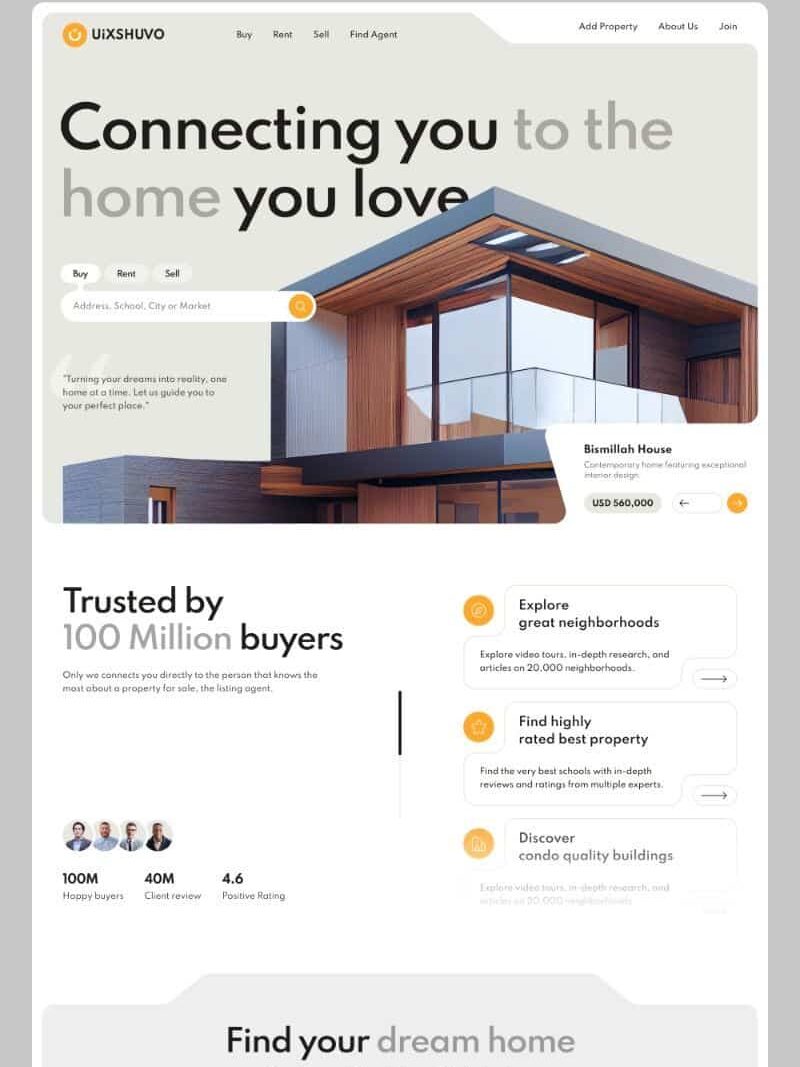
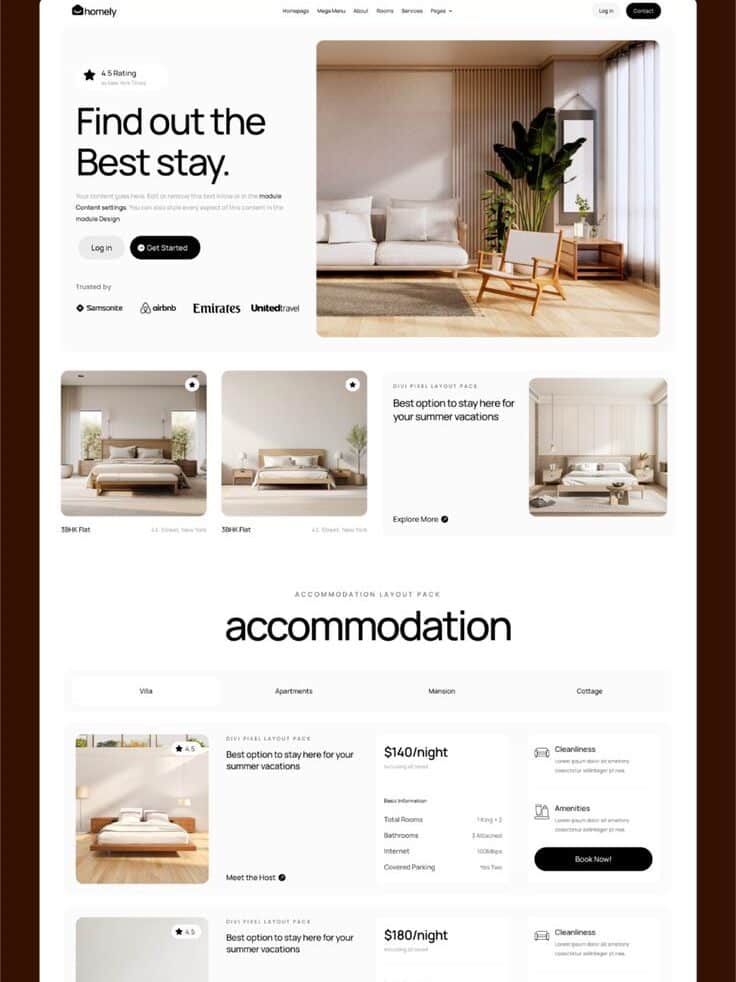
Practical B2C Design Inspirations and Examples
Let’s dive into some concrete examples and inspiring ideas across different B2C contexts. The goal here is to spark your own creativity and show you how these principles come to life.
E-commerce Websites: The Digital Storefront
Your e-commerce website is often the first, and sometimes only, impression a customer gets of your brand. It needs to be stunning, intuitive, and conversion-focused.
- High-Quality Visuals: Invest in professional product photography and engaging lifestyle shots. Customers can’t touch or feel your products online, so visuals are paramount. Many brands use interactive 360-degree views or AR features to simulate the in-person experience.
- Clear and Concise Product Information: Don’t overload customers with text, but ensure all necessary details (sizes, materials, benefits) are easily accessible, perhaps through expandable sections or clear icons.
- Streamlined Checkout: This is where many sales are lost. Minimize steps, offer guest checkout, clearly display shipping costs, and provide multiple payment options. Think about how even small things, like the overall creative website design and user experience, can make or break a sale.
- Personalized Recommendations: Leverage AI to suggest related products or items based on browsing history. This enhances the shopping experience and increases average order value.
Example: Brands like ASOS or Warby Parker excel here. ASOS provides detailed model measurements, runway videos, and user-submitted photos, while Warby Parker offers virtual try-on and a seamless home try-on program.
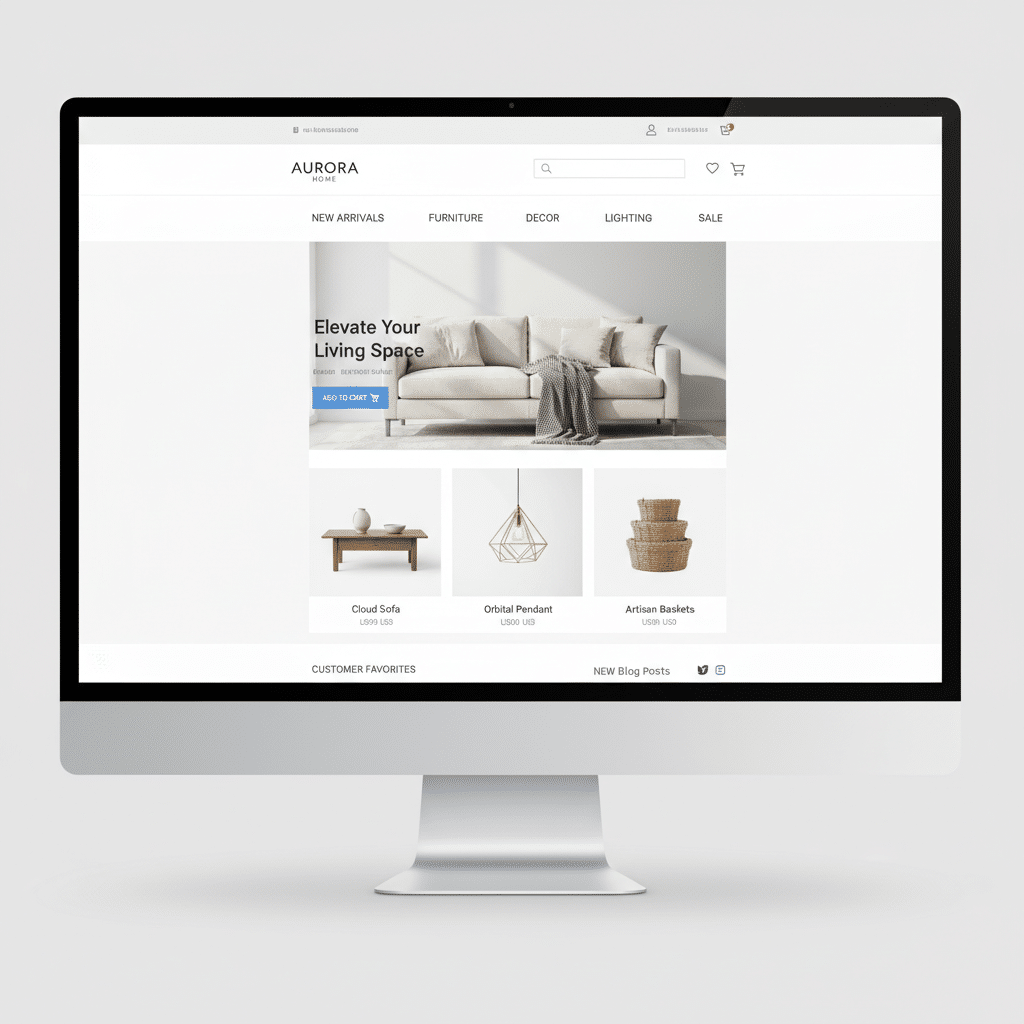
Mobile Apps: Pocket-Sized Experiences
Mobile apps offer a unique opportunity for deep engagement. They live in our pockets and often become part of our daily routines.
- User-Friendly Interface (UI): Simple, uncluttered screens with easily tappable elements. Prioritize essential functions and use familiar UI patterns.
- Gamification: Integrate game-like elements (points, badges, progress bars) to encourage engagement and repeat use, especially for productivity or fitness apps.
- Personalized Dashboards/Feeds: Tailor the app’s home screen content to individual users, making it feel custom-made.
- Push Notifications (Used Wisely): Relevant, timely notifications can be helpful; excessive or irrelevant ones lead to uninstalls. Design them to add value, not interrupt.
Example: Starbucks’ mobile app is a masterclass in B2C design, offering mobile ordering, personalized rewards, and seamless payment, all within a clean, intuitive interface. Fitness apps like MyFitnessPal use clear progress tracking and community features to keep users motivated.
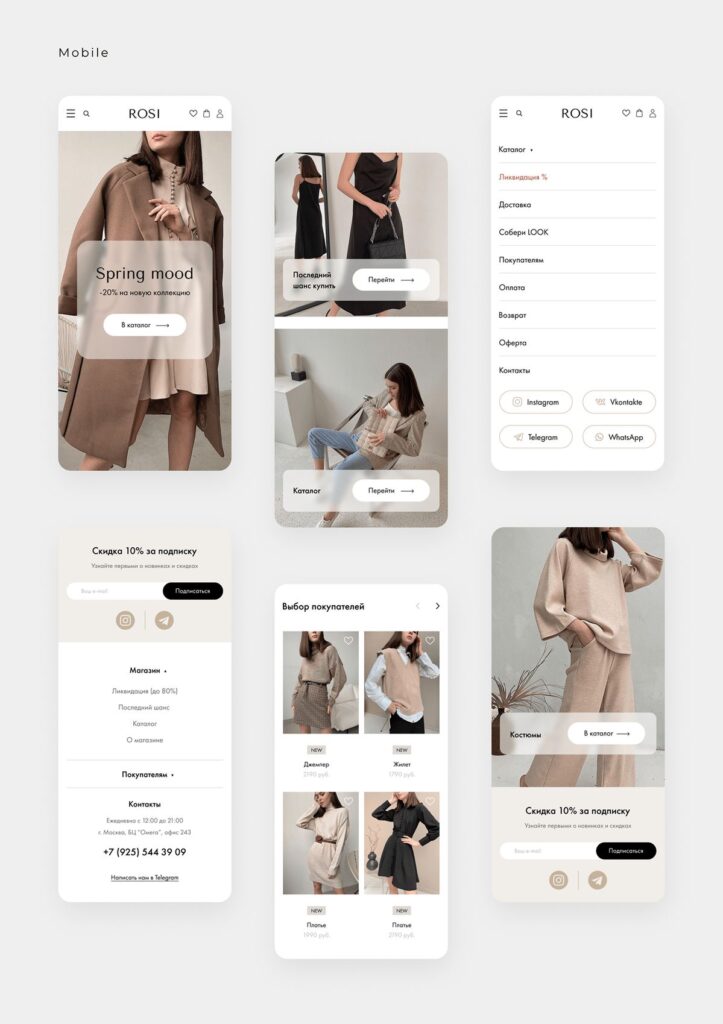
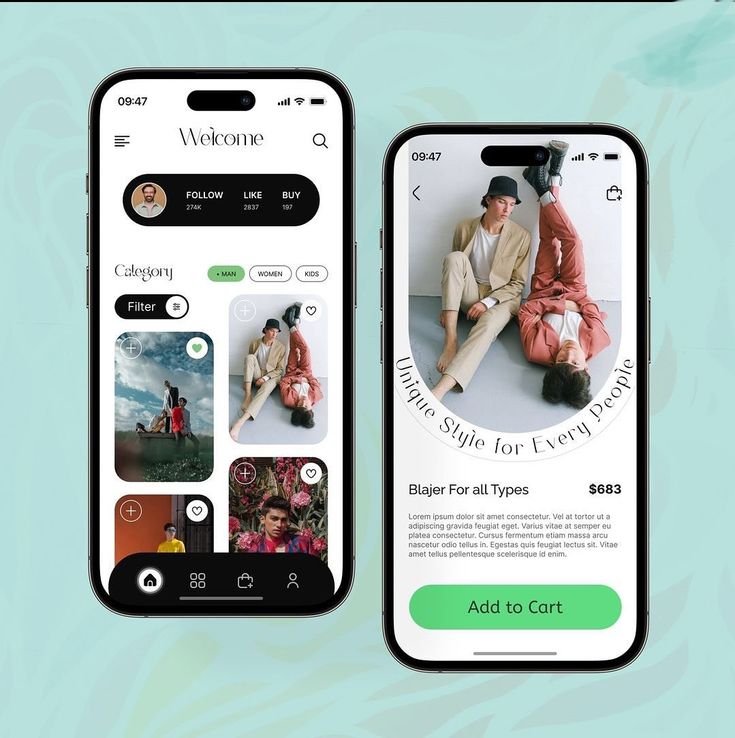
Packaging Design: The Unboxing Moment
Packaging is often a customer’s first physical interaction with your brand. It’s a critical touchpoint that can create a memorable “unboxing experience.”
- Brand Personality: Does your packaging reflect your brand’s voice? Is it fun, luxurious, minimalist, or eco-conscious?
- Protective & Practical: Beyond aesthetics, packaging must protect the product and be easy to open and store.
- Sustainability: Eco-friendly materials and minimal packaging resonate with environmentally conscious consumers. Brands like Who Gives A Crap (toilet paper) use their packaging to communicate their mission and quirky personality.
- Surprise & Delight: Include a thank you note, a small sample, or a beautifully printed insert that reinforces the brand message.
- Functionality After Unboxing: Can the packaging be repurposed? For instance, some beauty brands design product containers that are aesthetically pleasing enough to be kept and reused as decorative items.
Example: Apple’s packaging is legendary for its minimalist design, satisfying weight, and precise unboxing ritual. Glossier uses distinctive pink pouches that customers often reuse, turning packaging into a lifestyle statement.

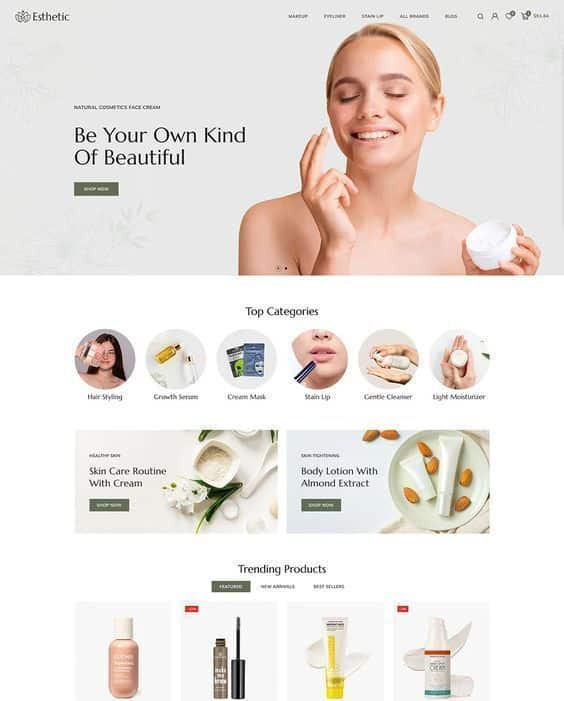
Retail Spaces: Immersive Environments
Physical retail stores are evolving from mere transaction points to immersive brand experiences. Interior design plays a massive role in how customers feel and behave. Considering how interior design complements architectural vision is crucial for creating truly impactful spaces.
- Atmosphere & Ambiance: Lighting, music, scents, and overall decor contribute to the mood. Are you aiming for cozy, high-energy, sophisticated, or playful? Even the best kinds of wall art that instantly make a room feel cooler can significantly impact the customer experience.
- Interactive Displays: Touchscreens, VR/AR experiences, or product customization stations can engage customers and provide deeper product information.
- Comfort & Convenience: Seating areas, charging stations, and clear directional signage enhance the shopping experience.
- Storytelling Zones: Create dedicated areas that tell a part of your brand story or highlight specific product lines.
- Sensory Engagement: Allow customers to touch, smell, and taste products where appropriate, activating multiple senses for a richer experience.
Example: Lush stores, with their vibrant displays, strong scents, and knowledgeable staff, create a highly sensory and interactive experience. Nike House of Innovation stores offer personalized shopping experiences, including gait analysis for shoe fitting and customization labs.
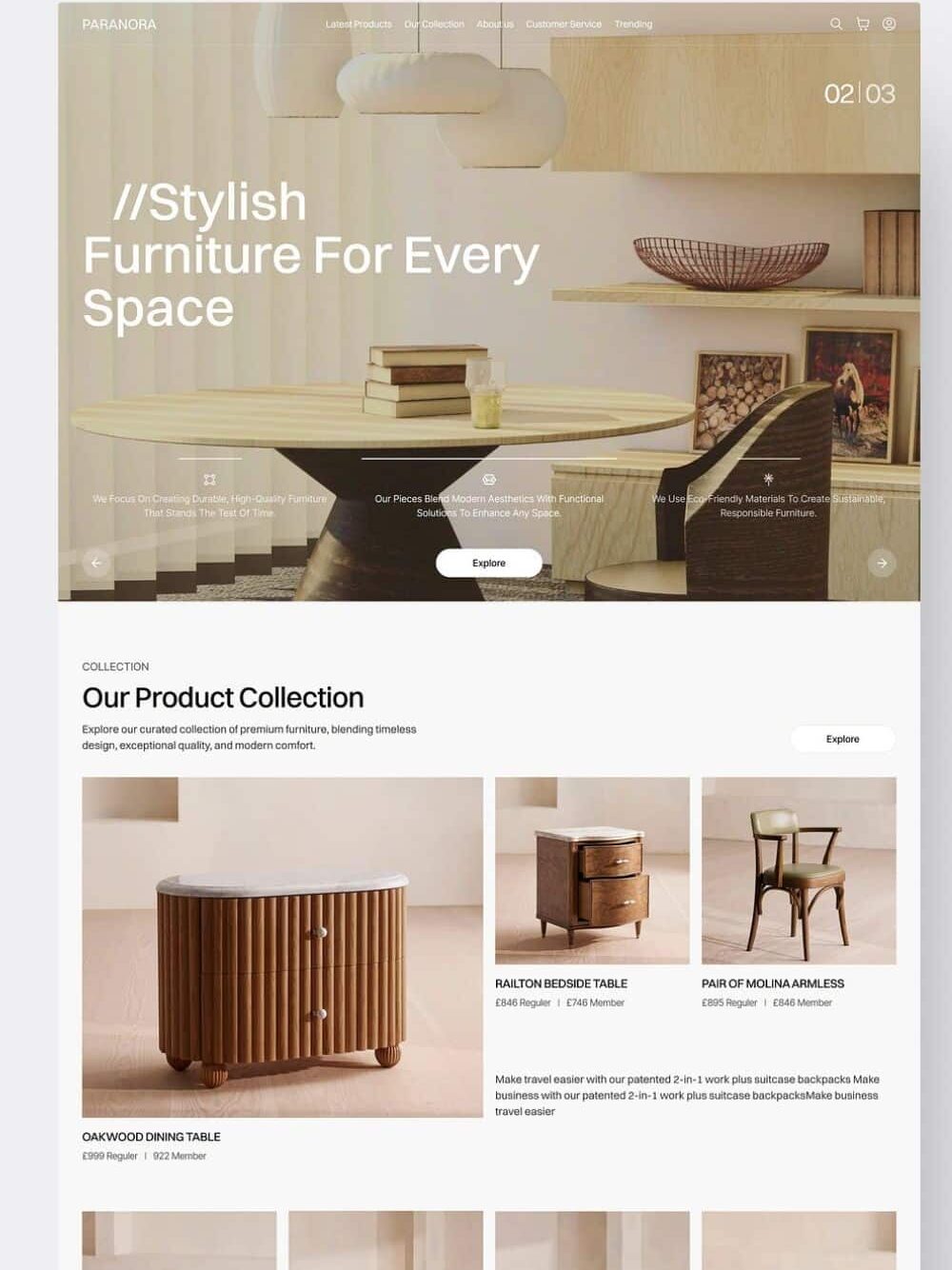

Marketing Campaigns: Engaging Storytelling
B2C design isn’t confined to products or interfaces; it’s central to how you communicate with customers through marketing.
- Compelling Visuals: High-quality images and videos are non-negotiable for social media, ads, and email campaigns. They grab attention and convey messages quickly.
- Clear Calls to Action (CTAs): Design CTAs that are prominent, actionable, and tell the user exactly what to do next (e.g., “Shop Now,” “Learn More,” “Download Free Guide”).
- Consistent Branding: Ensure all marketing materials reflect your brand’s established logos design, colors, and typography for a cohesive brand image.
- Story-Driven Content: Use design to support narratives that resonate emotionally with your audience, whether it’s through testimonials, behind-the-scenes glimpses, or user-generated content.
- Interactive Elements: Quizzes, polls, and mini-games can boost engagement in digital campaigns.
Example: Airbnb’s marketing campaigns often feature aspirational travel photography and heartfelt guest stories, selling experiences rather than just accommodation. Coca-Cola’s iconic red and white branding is instantly recognizable across all its diverse campaigns, leveraging visual consistency for global appeal.
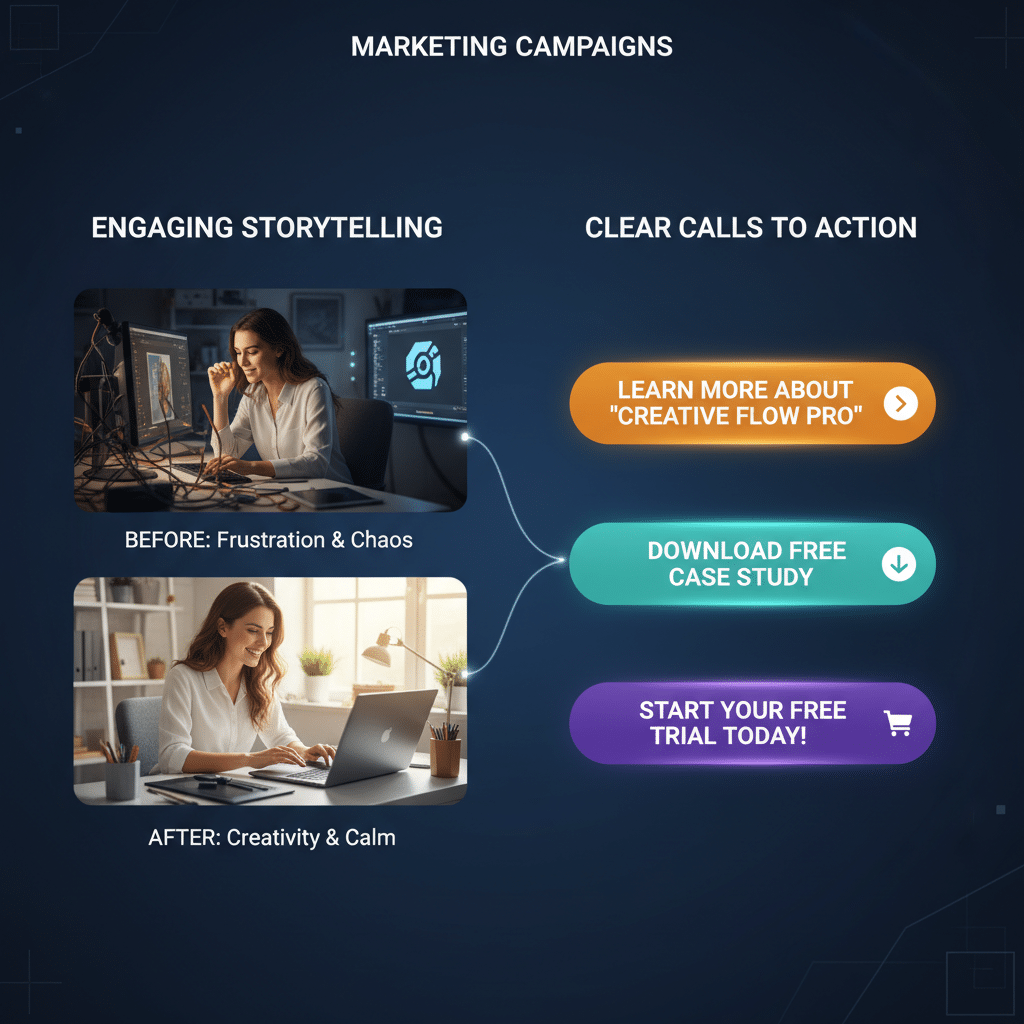
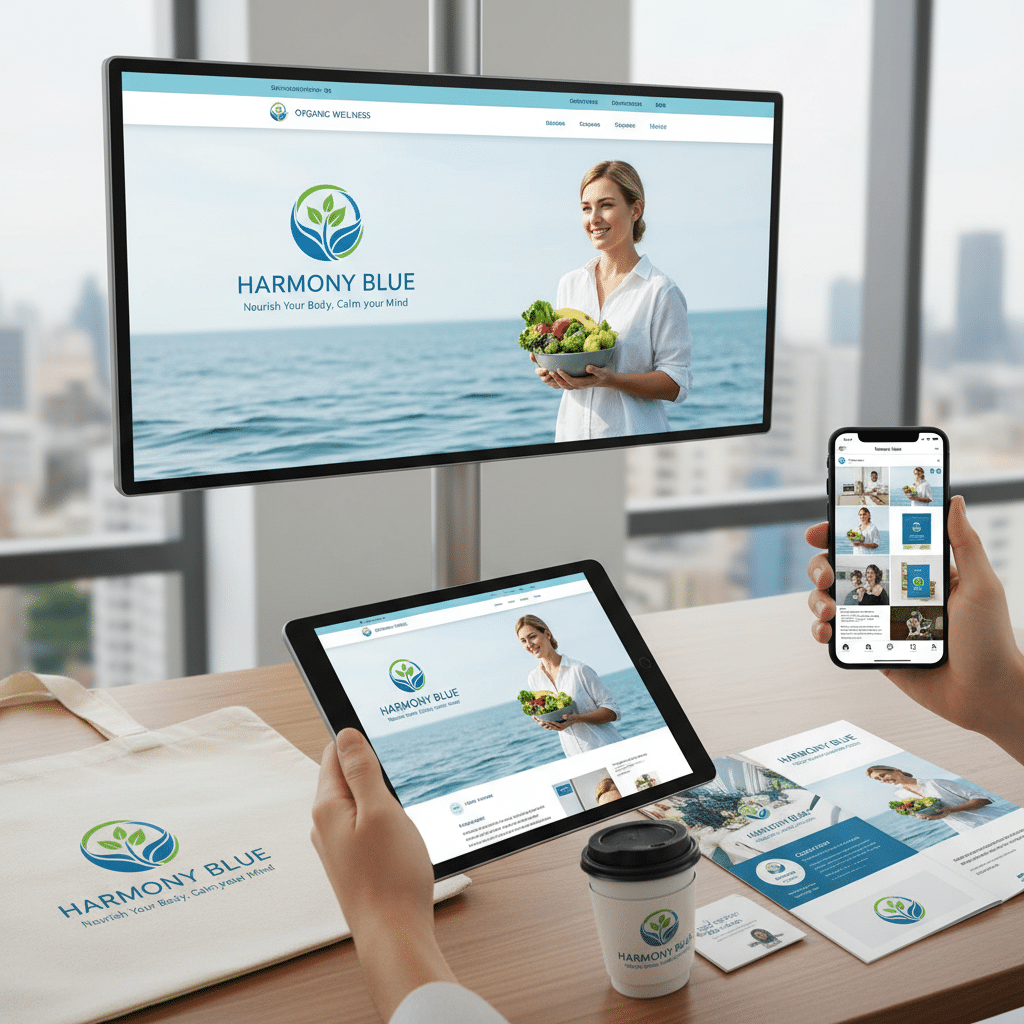
Trends Shaping B2C Design in 2024 and Beyond
The design landscape is constantly evolving. Staying ahead means keeping an eye on emerging trends that will define the next generation of customer experiences.
AI and Personalization at Scale
Artificial intelligence is already revolutionizing personalization, and its role will only deepen. Expect more sophisticated AI-driven recommendations, adaptive interfaces that learn individual user habits, and hyper-personalized content streams that anticipate needs before customers even articulate them. AI won’t just suggest products; it will help design entire personalized journeys.
Augmented Reality (AR) Experiences
AR is moving beyond novelty into practical application. Imagine virtually trying on clothes, placing furniture in your living room before buying, or exploring a car’s features through an interactive overlay on your smartphone. AR offers immersive, try-before-you-buy experiences that bridge the gap between digital and physical shopping.
Sustainable and Ethical Design
Consumers are increasingly conscious of environmental and social impact. B2C design will reflect this, emphasizing eco-friendly materials, minimal waste packaging, transparent supply chains, and designs that promote longevity and repairability. Brands that genuinely embed sustainability into their design ethos will gain a significant competitive edge.
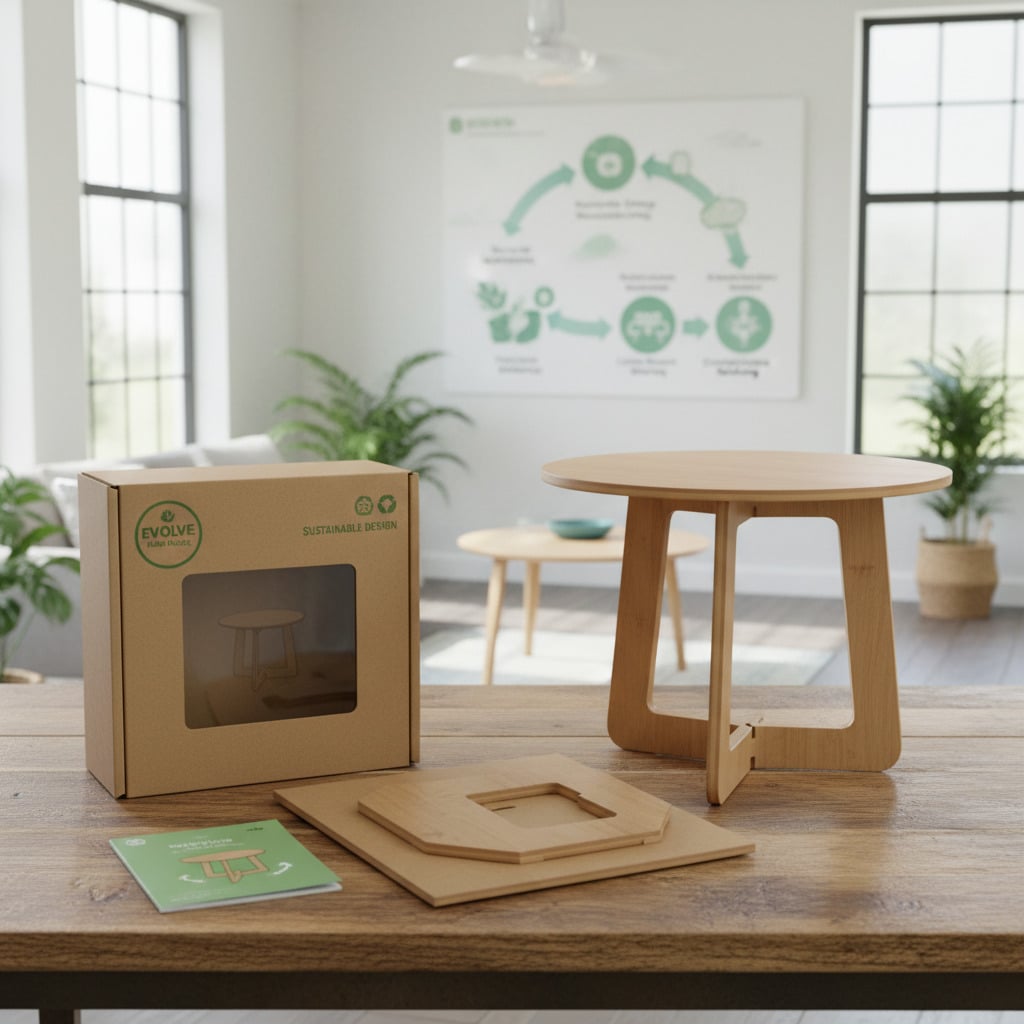
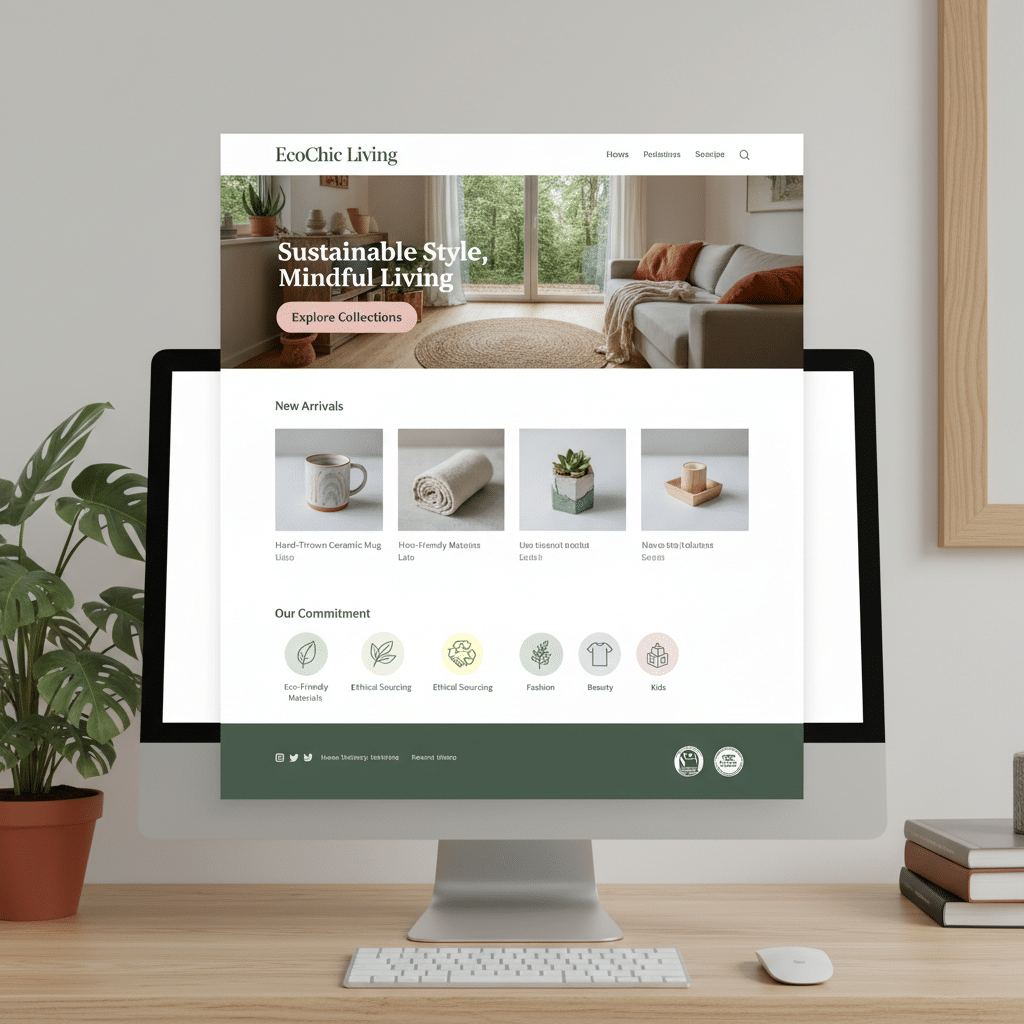
Voice User Interface (VUI) Integration
With the proliferation of smart speakers and voice assistants, designing for voice is becoming crucial. This means creating intuitive conversational interfaces for searching products, making purchases, or getting customer support, ensuring that verbal interactions are as seamless and delightful as visual ones.
Micro-interactions and Haptic Feedback
The subtle details matter. Expect an increase in refined micro-interactions (small animations, transitions) and intelligent haptic feedback (tactile sensations) in devices and apps. These small, delightful touches enhance the user’s sensory experience, making interactions feel more responsive, intuitive, and enjoyable. They add a layer of polish and sophistication that elevates the overall design.

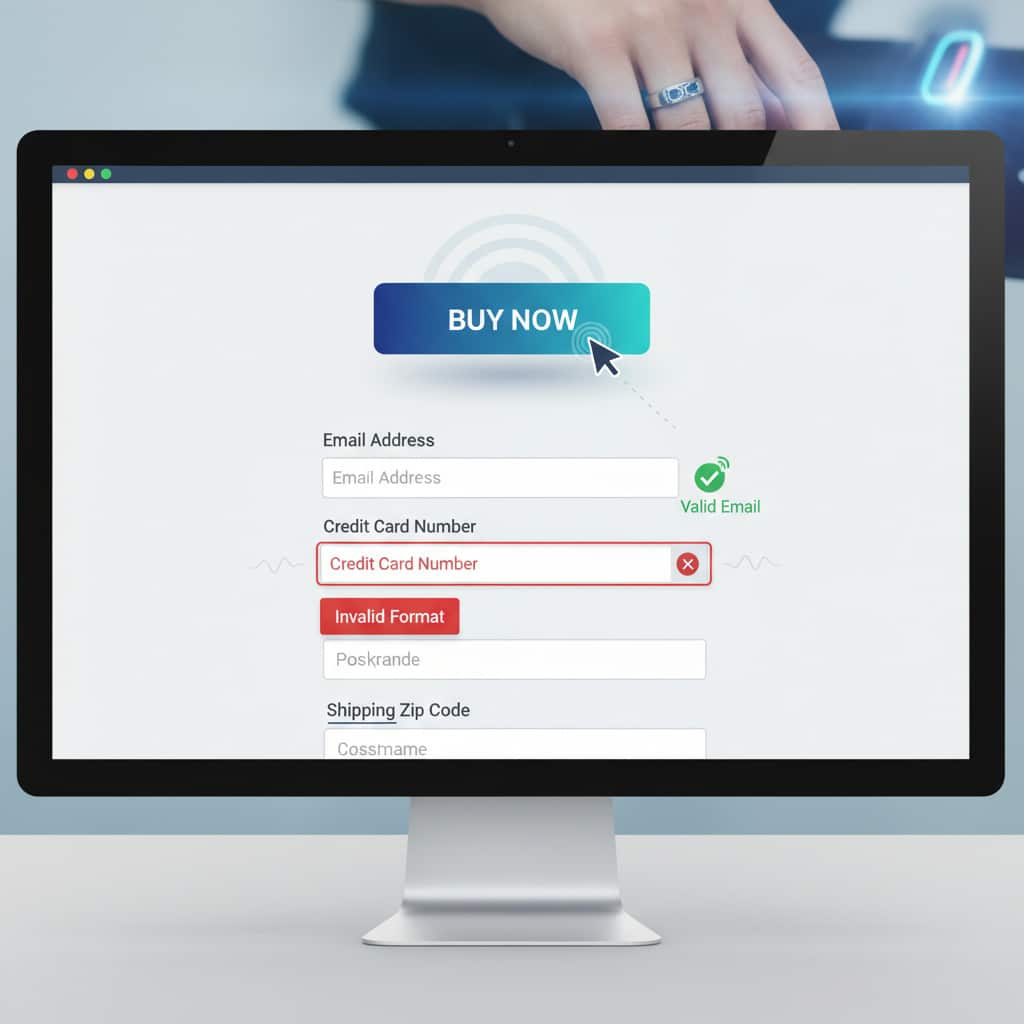
How to Apply B2C Design Principles to Your Brand
Feeling inspired? Great! Now, let’s talk about how you can take these insights and apply them to your own brand to create experiences that truly wow your customers.
Know Your Audience Inside Out
This is the golden rule of B2C design. You cannot design effectively for someone you don’t understand. Conduct thorough market research, create detailed customer personas, and understand their demographics, psychographics, pain points, desires, and behaviors. What are their motivations? What problems can your product or service solve for them? The better you know your audience, the more targeted and effective your design choices will be.
Prioritize User Research & Testing
Design is an iterative process, not a one-and-done deal. Don’t assume you know what your customers want. Test your designs with real users early and often.
- A/B Testing: Compare different versions of a design element (e.g., button color, headline) to see which performs better.
- Usability Testing: Observe users interacting with your product or website to identify pain points and areas for improvement.
- Surveys & Interviews: Directly ask customers for their feedback and insights.
Feedback is a gift. Embrace it to continuously refine and optimize your designs, ensuring they truly meet user needs and expectations.
Invest in Quality Visuals & Branding
First impressions are everything. Your visual identity is your brand’s face to the world. Invest in professional graphic design for your logo, brand guidelines, website, and marketing materials. High-quality photography and videography are non-negotiable, especially for e-commerce. A strong, consistent brand presence across all touchpoints builds recognition, trust, and a perception of quality. From your packaging to your website, every visual element should reinforce your brand’s story and values.

Iterate and Optimize Constantly
The digital landscape is always changing, and so are customer expectations. B2C design is not a static project; it’s an ongoing process of iteration and optimization. Continuously collect data, monitor user behavior, and analyze performance metrics. Are users abandoning their carts? Is a particular page causing confusion? Use these insights to make incremental improvements, test new features, and keep your designs fresh and relevant. The brands that stay ahead are those that are never truly “finished” designing.
Foster a Design-Centric Culture
For B2C design to truly thrive, it needs to be integrated into your company’s DNA, not just relegated to a single department. Encourage a design-centric culture where everyone, from marketing to customer service to product development, understands and champions the importance of the customer experience. This means:
- Empathy: Encouraging employees to put themselves in the customer’s shoes.
- Collaboration: Breaking down silos between teams to ensure a holistic approach to design.
- Advocacy: Empowering design teams to lead strategic initiatives and influence decision-making.
When design thinking is embedded throughout your organization, every interaction with your brand becomes an opportunity to delight your customers.
The Future is Designed for You
B2C design isn’t just about aesthetics; it’s about crafting experiences that resonate deeply with individual customers. It’s about building trust, fostering delight, and making every interaction seamless and memorable. From the intuitive navigation of a website to the satisfying unboxing of a product, thoughtful design is the silent language that speaks volumes about your brand.
By understanding the psychology behind customer decisions, embracing key design elements like visual storytelling and personalization, and staying attuned to emerging trends, you can create B2C experiences that don’t just sell products but build lasting relationships. Start by truly knowing your audience, then iterate and optimize with their needs at the forefront. The world is evolving rapidly, and customers are more discerning than ever. Embrace the power of design to not just meet their expectations, but to consistently wow them.
So, what’s your next step? Begin by auditing your existing customer touchpoints. Where can you infuse more empathy, clarity, and delight into your brand’s interactions? The journey to exceptional B2C design is continuous, but the rewards—in customer loyalty and business growth—are immeasurable. Start designing for delight today!
- 20shares
- Facebook0
- Pinterest20
- Twitter0



